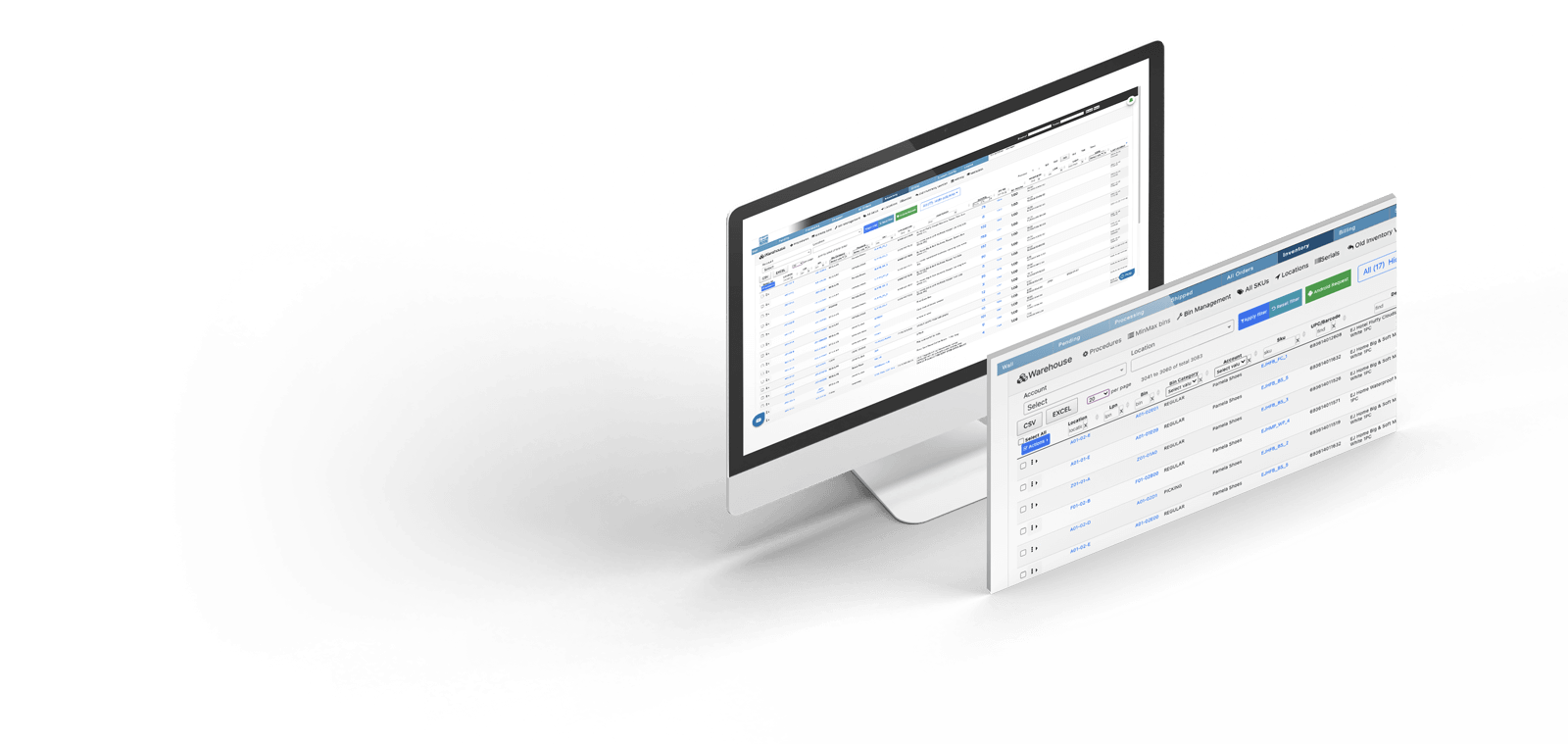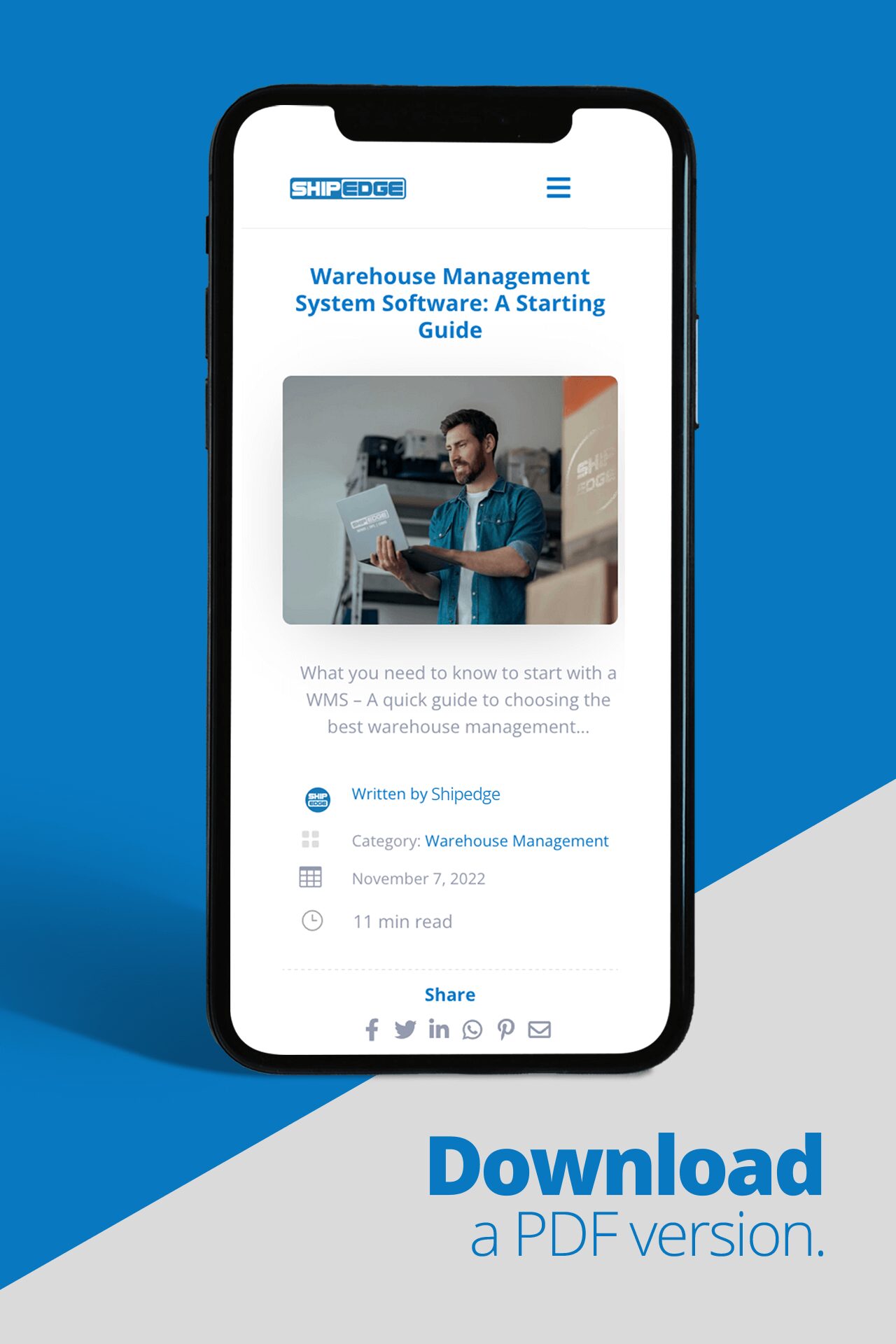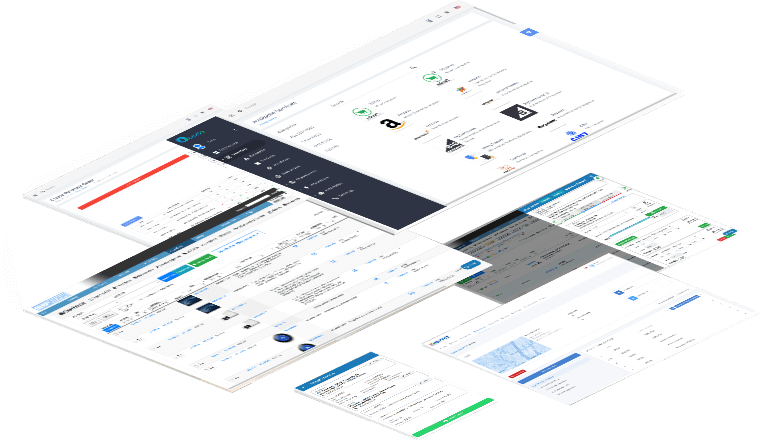Imagine a world where you could accurately predict the future, making every decision with confidence and precision. While that level of foresight might not be entirely possible, demand planning and forecasting can get you pretty close – at least when it comes to managing your supply chain. By harnessing the power of demand forecasting, businesses can optimize inventory levels, reduce costs, and enhance customer satisfaction. In this comprehensive blog post, we’ll explore the world of demand planning, discuss various forecasting methods, and show you how Shipedge’s Warehouse Management System (WMS) and Order Management System (OMS) software can help you take your demand forecasting game to the next level.
Understanding Demand Forecasting: The Key to Supply Chain Success
Before diving into the intricacies of demand forecasting, it’s essential clearly understand what it entails.
Demand forecasting is a systematic process that uses historical data, quantitative techniques, and other relevant factors to predict future demand for products or services. An accurate demand forecast enables businesses to plan and manage their inventory, resources, and operations more effectively, ultimately boosting profitability and customer satisfaction.
In the context of eCommerce, demand planning involves analyzing historical sales data, seasonal trends, and other relevant factors to create accurate forecasts of customer demand for products or services. eCommerce businesses face unique challenges in demand planning due to the rapid pace of change, intense competition, and the need to cater to diverse customer preferences. To succeed in this environment, eCommerce businesses must implement a robust demand forecasting system that can quickly adapt to market fluctuations and customer behavior.
By doing so, eCommerce brands can make informed decisions about inventory management, pricing, promotions, and product launches, ensuring that they always have the right products available at the right time to meet customer demand. As a result, effective demand planning for eCommerce businesses can lead to improved customer satisfaction, increased sales, and higher profitability.
The Importance of Demand Forecasting for Modern Businesses
In today’s competitive business environment, accurate demand forecasting has become more important than ever. Here are some key reasons why businesses need to prioritize demand planning:
- Optimal Inventory Management: An accurate demand forecast allows businesses to maintain accurate inventory levels, avoiding stockouts or excessive stock, and ensuring timely product availability.
- Enhanced Resource Allocation: By predicting future demand, businesses can allocate resources more effectively, improving operational efficiency and reducing costs.
- Informed Decision-Making: Demand forecasting provides valuable insights that enable businesses to make data-driven decisions about pricing, promotions, and product launches, all while staying ahead of the competition.
- Improved Customer Satisfaction: By ensuring that products are available when customers need them, businesses can significantly enhance customer satisfaction and build long-lasting relationships.

Revolutionize Demand Forecasting with Shipedge’s WMS
Shipedge’s WMS offers a powerful demand forecasting feature for eCommerce that can significantly enhance your demand planning process. This feature integrates seamlessly with your existing WMS, providing you with valuable tools and insights to streamline demand forecasting. Key benefits of this feature include:
- 1. Real-Time Data Analysis: Shipedge’s WMS provides you with real-time access to critical data, enabling you to make informed decisions about inventory management, resource allocation, and more. This real-time data access allows you to react quickly to changes in demand, ensuring that your business stays agile and responsive.
- 2. Advanced Analytics: The demand forecasting feature is equipped with advanced analytics tools that allow you to gain valuable insights into your operations. These insights can help you identify trends, pinpoint areas of improvement, and optimize your demand forecasting process. By leveraging these advanced analytics, you can develop more accurate demand forecasts and make better strategic decisions.
- 3. Customizable Reporting: With customizable reporting features, you can create detailed reports on various aspects of your demand planning process, allowing you to monitor performance and make data-driven decisions. These reports can help you identify areas of improvement, track progress, and share insights with your team, fostering a culture of data-driven decision-making.
- 4. Collaboration and Workflow Management: The demand forecasting feature fosters collaboration between teams and streamlines workflows, ensuring that everyone involved in the demand forecasting process is working with the same data and assumptions. By fostering collaboration, your team can develop more accurate and comprehensive demand forecasts, ultimately improving your business’s overall performance.
- 5. Scalability: Shipedge’s WMS and demand forecasting are designed to grow with your business, ensuring that you always have the tools and resources you need to manage your demand forecasting process effectively. As your business expands, your demand forecasting capabilities can scale accordingly, helping you maintain a high level of operational efficiency and customer satisfaction.
Discover how our WMS can improve your business
Key Methods of Forecasting Demand
There are several methods of demand forecasting that businesses can employ, each with its unique advantages and challenges. The choice of a forecasting technique often depends on the specific needs of a business, its available resources, and the nature of its industry. Some popular methods of forecasting demand include:
Quantitative Methods of Demand Forecasting
Quantitative techniques involve the use of historical data and mathematical models to predict future demand. Examples of quantitative methods include time series analysis, regression analysis, and econometric models.
Qualitative Methods of Demand Forecasting
Qualitative techniques rely on expert opinions, market research, and other non-quantitative data sources to predict future demand. Examples of qualitative methods include the Delphi technique, market research, and executive opinion.
Mixed-Methods Approach
In many cases, businesses can benefit from combining quantitative and qualitative forecasting methods to achieve a more comprehensive and accurate demand forecast. By leveraging the strengths of both approaches, businesses can better account for the uncertainties and complexities inherent in demand forecasting.

The Role of Forecasting in Management
In a competitive business landscape, manager forecasting plays a pivotal role in the success of any organization. Effective demand planning allows managers to:
- Optimize inventory levels, reducing the risk of stockouts or excess stock
- Improve resource allocation and operational efficiency
- Make informed decisions about pricing, promotions, and product launches
- Enhance customer satisfaction by ensuring timely product availability
Challenges in Demand Forecasting
Demand forecasting is not without its challenges. Some common obstacles businesses may face include:
- 1. Data Quality: Accurate demand forecasting relies on high-quality data. Incomplete or inaccurate data can lead to misleading forecasts and poor decision-making. Ensure that all data in your WMS is correct and up-to-date before pulling reports.
- 2. Rapid Market Changes: Unforeseen events, such as economic downturns, natural disasters, or sudden shifts in consumers preferences, can significantly impact demand and render existing forecasts obsolete
- 3. Complexity: Demand forecasting can be complex, particularly for businesses with extensive product lines, seasonal variations, or rapidly changing markets.
Overcoming Challenges with Shipedge’s WMS and Demand Forecasting Feature
Shipedge’s WMS and demand forecasting feature can help businesses overcome the challenges inherent in demand forecasting by providing a unified platform for managing and analyzing data. Advanced analytics, real-time data access, and seamless integrations enable businesses to develop more accurate demand forecasts and make better strategic decisions.
Discover how our WMS can improve your business
Conclusion
Demand planning and forecasting are vital for businesses to remain competitive and meet customer expectations. By employing the right forecasting methods and leveraging the power of Shipedge’s WMS with its demand forecasting feature, you can significantly improve your demand planning process and position your business for long-term success. Embrace the future with confidence and take your supply chain management to new heights with accurate demand forecasting. Unlock the full potential of your supply chain and achieve unparalleled success in today’s competitive market by mastering the art of demand forecasting with Shipedge’s WMS.
Discover how our WMS can improve your business













0 Comments